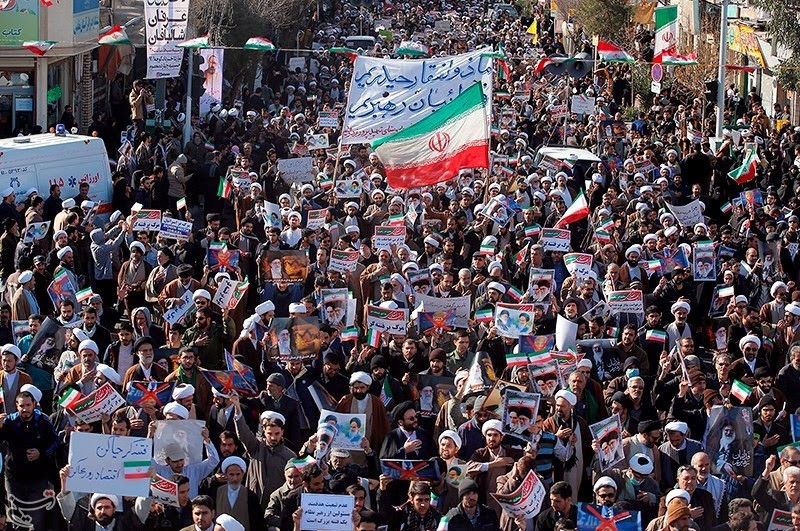January 05, 2018
In your Tuesday edition of Signal, Alex Kliment wrote about ongoing protests in Iran. A few more thoughts on this subject.
Two factors driving the protests might surprise you: The nuclear deal and government transparency.
First, the nuclear deal raised expectations in Iran that years of sanctions and hardship were over. But…
- Most of the post-deal financial gains have gone to boost Iran’s oil production, not the well-being of ordinary citizens.
- Oil prices are at $67 per barrel this week, down from $115 in 2014. Given the supply swell enabled by technological advances in production, we may never again see $100 oil.
- Iran still faces some sanctions, and threats of new penalties block foreign investment.
Second, President Hassan Rouhani’s drive for greater transparency has given citizens a closer look at what’s in the government budget. They see…
- sharp cuts in subsidies that will make food and fuel more expensive
- a 40% cut to the government’s cash transfer program, which will see more than 30 million people lose their coverage
- more money for an aggressive foreign policy.
Why, the protesters ask, aren’t Iran’s leaders directing cash toward those who need it most? Reform of subsidies becomes necessary in every developing country, but dashed expectations and new hardships are a combustible combination. Rouhani has moved forward with belt-tightening before most of Iran’s people have seen much benefit from his presidency.
It’s especially hard to forecast the intensity and stamina of a protest movement that lacks central leadership, but unless something dramatic and unexpected happens, this one poses little threat to Iran’s leaders. If necessary, the Supreme Leader will order a crackdown, and security forces will follow orders.
But this is another challenge for leaders who still base their legitimacy on a revolution (in 1979) that fewer and fewer Iranians are old enough to remember.
More For You
Mastercard Economic Institute's Outlook 2026 explores the forces redefining global business. Tariffs, technology, and transformation define an adaptive economy for the year ahead. Expect moderate growth amid easing inflation, evolving fiscal policies, and rapid AI adoption, driving productivity. Digital transformation for SMEs and shifts in trade and consumer behavior will shape strategies worldwide. Stay ahead with insights to help navigate complexity and seize emerging opportunities. Learn more here.
Most Popular
Think you know what's going on around the world? Here's your chance to prove it.
Miami Mayor-elect Eileen Higgins points as she thanks her staff and supporters on the night of the general election, on Tuesday, Nov. 4, 2025.
Carl Juste/Miami Herald/TNS/ABACAPRESS.COM
A Democrat won Miami’s mayoral race for the first time in nearly 30 years. The Republican defeat will ring some alarms for the party – and their support among Latino voters.
Women work in the plastic container assembly area inside the El Oso shoe polish factory, located in Mexico City, Mexico, in its new facilities, after officers from the Secretariat of Citizen Security and staff from the Benito Juarez mayor's office arbitrarily and violently remove their supplies, raw materials, machinery, and work tools on January 17 of this year following a coordinated operation stemming from a private dispute. On August 27, 2025.
Photo by Gerardo Vieyra/NurPhoto
50: Mexico’s President Claudia Sheinbaum is taking a page out of US President Donald Trump’s book, implementing up to a 50% tariff on more than 1,400 products in a bid to boost domestic production.
© 2025 GZERO Media. All Rights Reserved | A Eurasia Group media company.
